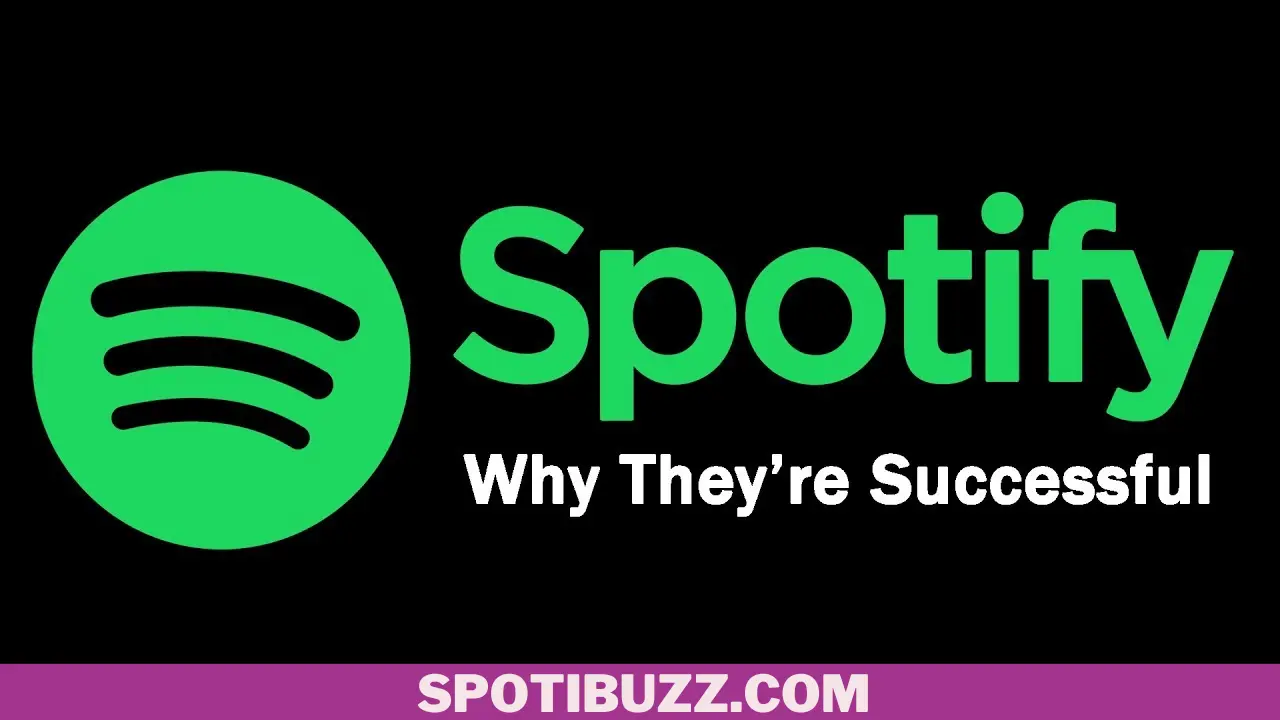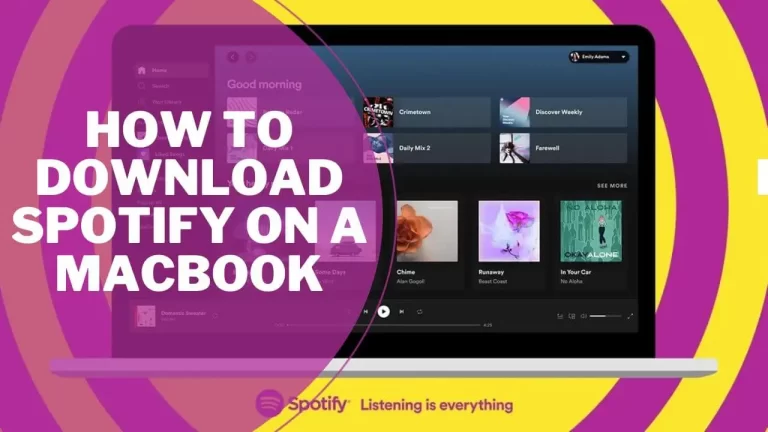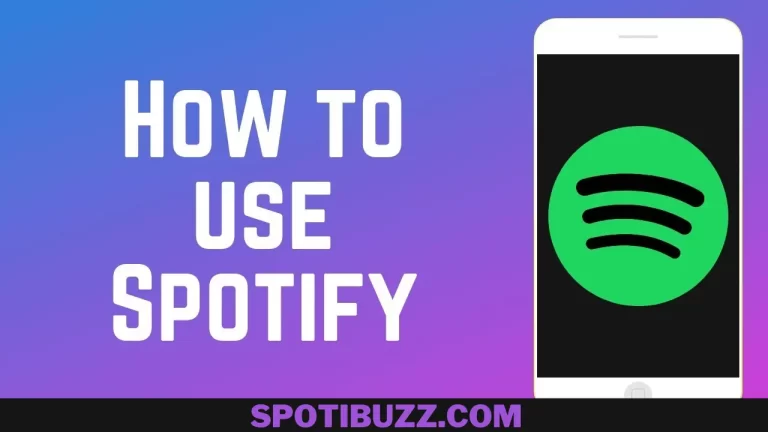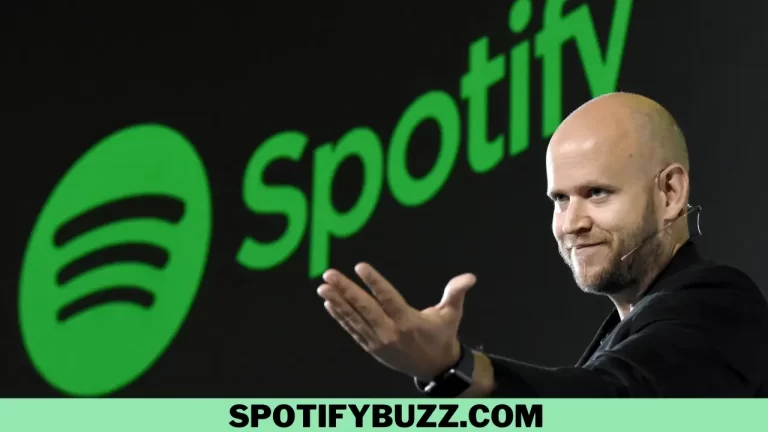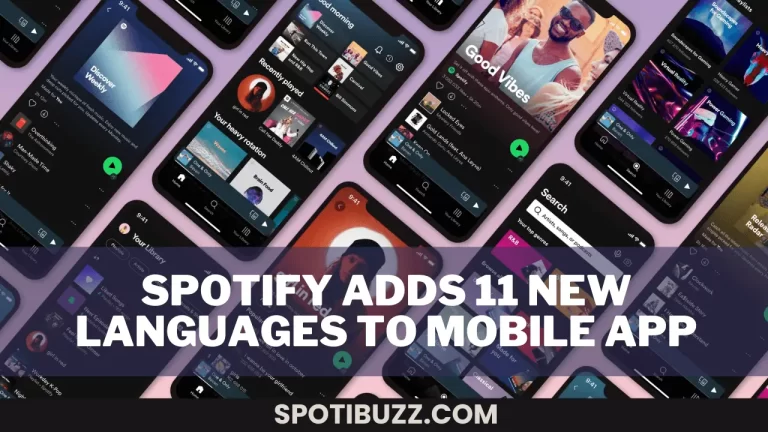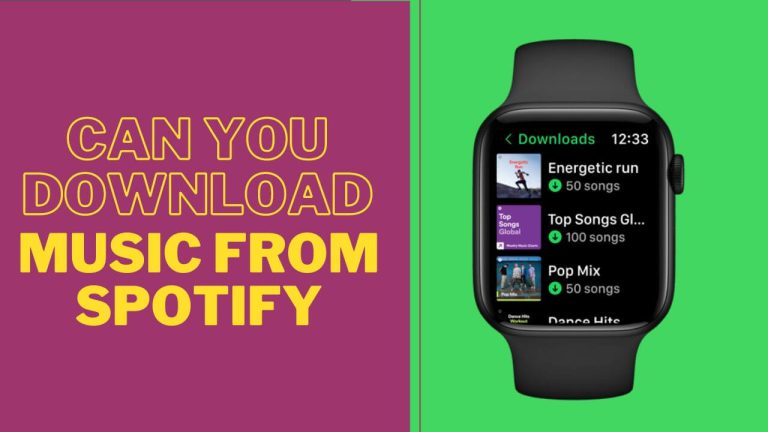History of Spotify Biography & Success Story
Today, you can play and listen to music anywhere, and the credit goes to the world’s best streaming service, Spotify. Do you want to know the history of Spotify biography & success story? Learn how Spotify became a gem in the music industry and learn about the history of Spotify biography & success story.
We know the popularity and power of Spotify but have you ever thought about the history of Spotify biography & success story? If yes, then you are at the right place. We are going to explore the history of Spotify biography & success story in detail in this article. Spotify started from a humble beginning, but nowadays, it is rocking in the music industry and significantly impacts the music market’s revenue. It is dominating its competitors with unique features, compatible subscription plans and many more. Originally, Spotify was a Swedish company, but now it has a broad user base all over the world.
In this article, we will explore the history of Spotify biography & success story and the growth and culture of Spotify. Reading this article, you get detailed information about your curiosity regarding Spotify. Let’s dive deep into the history of Spotify’s biography & success story and explore how this giant is rocking the music industry worldwide.
The Origin Of Spotify
Exploring the history of Spotify biography & success story, first of all, we need to explore the origin of Spotify. Daniel AK and Martin, two friends passionate about music technology, shared the idea of Spotify. Daniel was an entrepreneur, while Martin was an investor. Both joined hands to work on this shared project. Their vision behind creating the Spotify app was to enhance music availability and accessibility worldwide. Regardless of their challenges, they continued their struggle, and the result was Spotify. They faced challenges in the following:
- Securing licenses from record labels and artists.
- Competing with piracy and illegal downloads.
- Developing a user-friendly and reliable platform.
- Attracting and retaining users and subscribers.
- Generating revenue and profit.
They met in 2005, developed the app in 2006, and finally launched their project in 2008.
Despite these challenges, they were determined to make their vision a reality. The name of Spotify is a combination of “spot” and “identify.” Spotify offers two versions: one is free, and the other is premium. The premium version adds free music and some other features, while the free version has some limitations. But both are feasible, handy, and easily accessible per the user’s needs. Some unique features that Spotify has introduced were:
- Social sharing and discovery of music.
- Personalized recommendations and playlists.
- Offline listening and downloading.
- Integration with other platforms and devices.
Spotify quickly gained popularity and recognition for its service and quality. It expanded to other countries and regions, such as Europe, North America, Asia, Latin America, and Africa. It partnered with various companies and organizations, such as Facebook, Samsung, Starbucks, Uber, Sony, Warner Music Group, Universal Music Group, etc.
The Growth of Spotify
Now the next step in the history of Spotify biography & success story is to explore the growth and growth factors of Spotify. Spotify’s growth was fueled by a combination of factors, such as:
- A firm brand name and reputation for quality and reliability.
- An agile organizational structure and culture that enabled innovation and adaptation.
- A large and loyal user base that spread the word and attracted new users.
- A freemium model that offered a free version with ads and a premium version with no ads and more features.
- A diversified revenue model that included subscriptions, advertising, and marketplace tools for artists.
- A global expansion strategy that entered new markets and regions with local partnerships and content.
- A content creation strategy that acquired and produced original and exclusive podcasts and music.
These factors helped Spotify achieve impressive results, such as:
- Growing its revenue.
- Expanding its gross margin.
- Increasing its active users.
- Increasing its paying subscribers.
- Becoming the market leader in music streaming 3.
- Becoming one of the most valuable companies in the world with a market capitalization.
The Culture of Spotify
Spotify’s culture is based on a set of values and beliefs, and the mission of Spotify is to unlock the potential of human creativity by allowing a million creators to live off their art and billions of fans the opportunity to enjoy and be inspired by it. Specific values that Spotify provides are:
- Innovative: Spotify constantly encourages its employees to experiment, learn, and improve. It embraces change and challenges the status quo. It fosters a culture of curiosity and creativity.
- Collaborative: Spotify values teamwork and cooperation. It empowers its employees to work autonomously and cross-functionally. It promotes a culture of feedback and support. It builds trust and respect among its stakeholders.
- –Sincere: Spotify is honest and transparent in its communication and actions. It admits its mistakes and learns from them. It respects diversity and inclusion. It acts with integrity and accountability.
- Passionate: Spotify is driven by a passion for music and audio. It strives to deliver its users and creators the best service and experience. It celebrates success and recognizes achievements. It has fun and enjoys what it does.
Final Analysis
This article explores the history of Spotify biography & success story, a company that changed music and our perspective regarding the music industry. We learned how Spotify impacts the music industry and society and how it helps millions of creators and fans. Spotify’s story is still ongoing. It is still evolving and expanding its service and vision. It is still writing its own history and success story. If you want to learn more or get involved with Spotify, you can check out its website, social media, podcasts, or service. You can also check out our resources and references for this book. Thank you for reading this book. We hope you enjoyed it.

